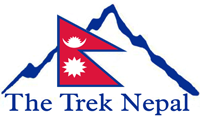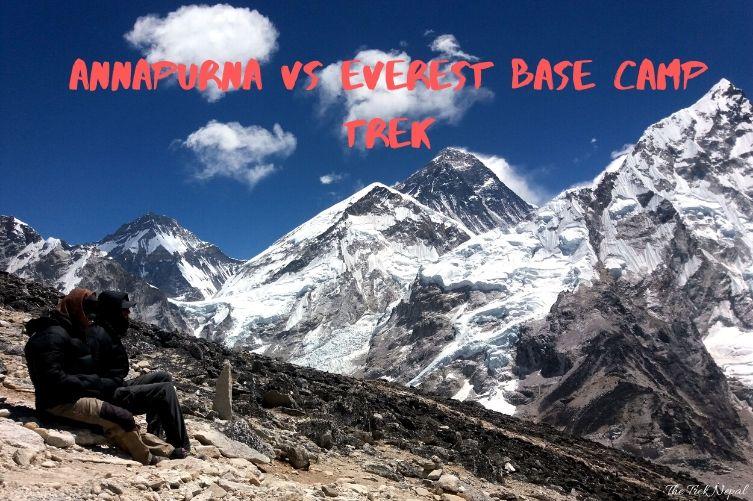Normal Trek
Yoga Trekking
Ayurved Class
Categories
- Adventure
- Conflict Management
- Conservation Areas in Nepal
- Culture
- Expedition
- Festival
- Geology
- Health
- hiking
- Historic places Nepal
- Important places Nepal
- Insurance
- Map Reading
- Nepal
- Peak Climbing
- Rejuvenating Holiday
- Resonable Travel
- Spiritual
- Tour
- Trek
- Trekking
- Uncategorized
- Working Opportunity
- Yoga

